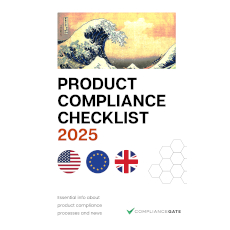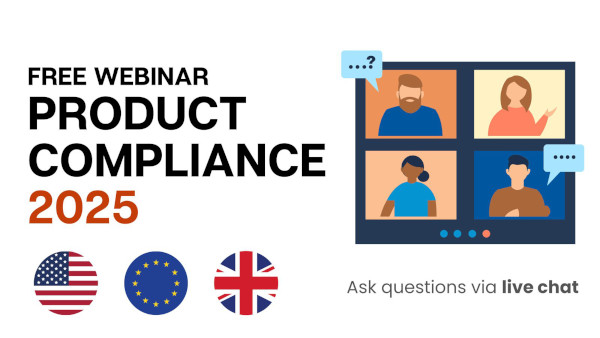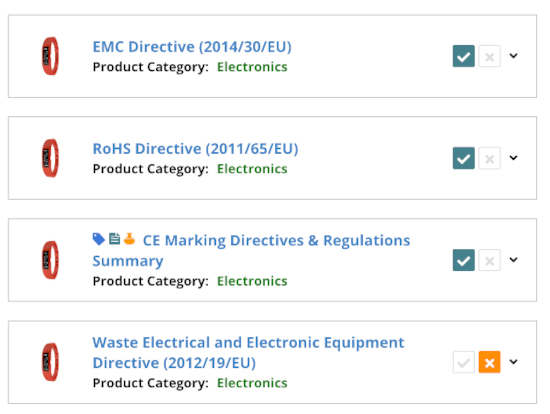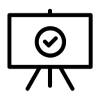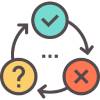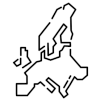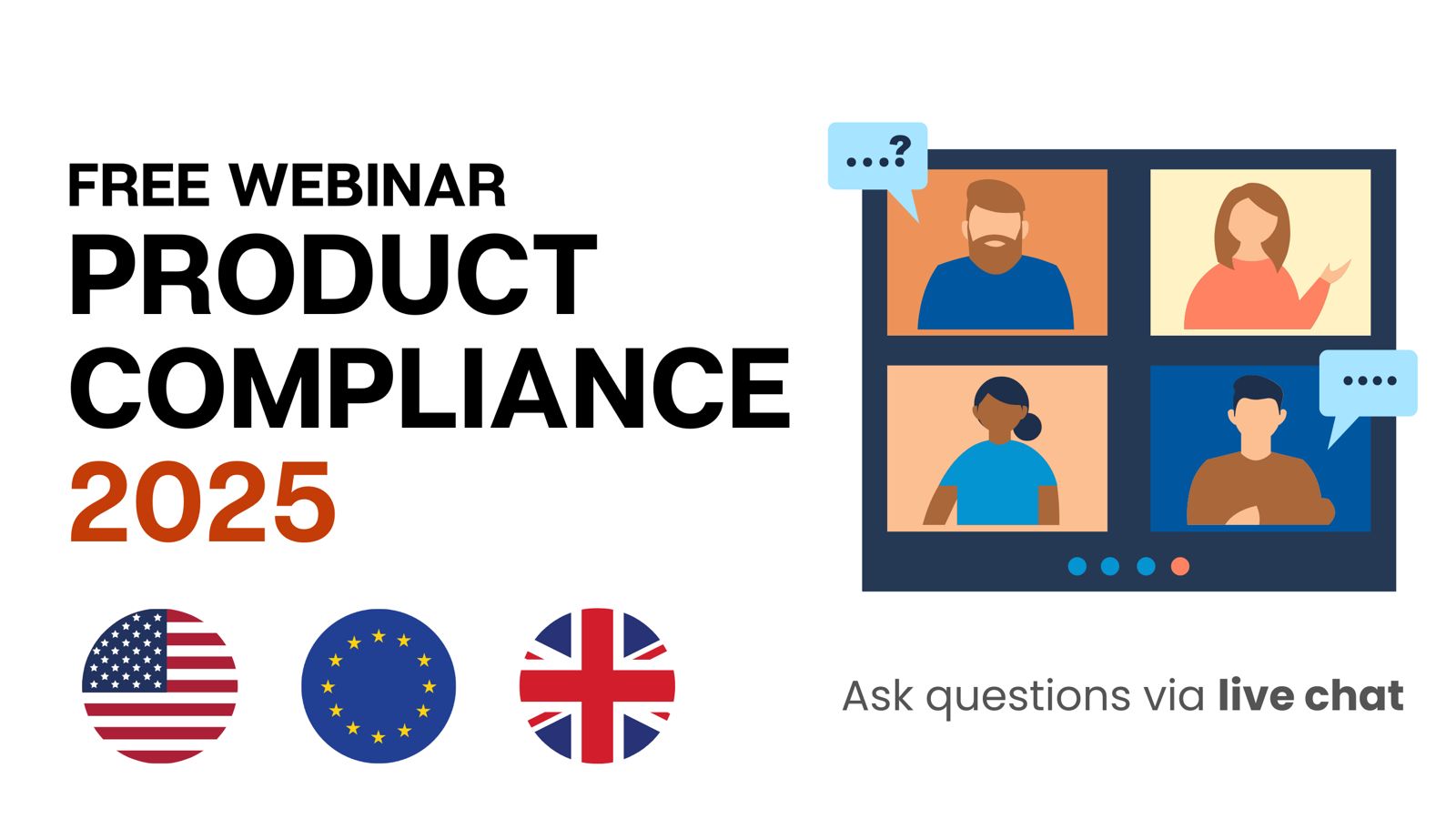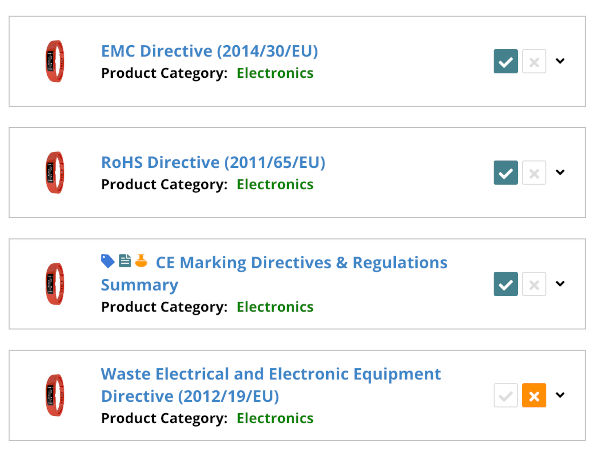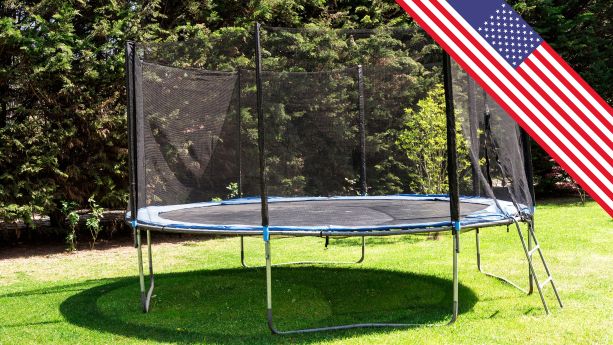
Trampolines imported and manufactured for sale in the United States are subject to various safety standards, substance restrictions, labeling, certification, and testing requirements. Compliance is essential, given the inherent risks defective or otherwise unsafe trampolines can pose to consumers.
In this guide, we take a closer look at the CPISA, ASTM F381, and other compliance requirements relevant to trampolines sold in the United States.
Content Overview

FREE CONSULTATION CALL (US, EU & UK)
- Request a free 30-minute call with Ivan Malloci to learn how we can help you with:
- Find product requirements
- Certification and labeling
- Lab testing
Consumer Product Safety Improvement Act (CPSIA)
The CPSIA sets requirements for children’s products meant for use by children aged 12 or younger, including trampolines. It generally requires children’s products to:
a. Undergo testing by a third-party and CPSC-accepted accredited laboratory
b. Conform to safety requirements such as safety and substance restrictions
c. Be accompanied by a Children’s Product Certificate
d. Carry a tracking label
Safety standards
We could not find any specific CPSC rules for trampolines. Also, we could not find any standard (e.g. ASTM) that is incorporated by reference under the CPSIA – and thus mandatory – that is specific for these products.
That being said, your product should still be safe. For example, we found that the CPSC has recalled trampolines for various reasons, such as netting or other components that can break too easily, causing injuries and lacerations.
For example, you could still comply with standards that may only partially cover trampolines, such as ASTM F963, which is incorporated by reference, applies to toys in general, and sets requirements concerning exposed mechanisms, sharp edges, and more.
Additionally, you may also comply with standards that, as far as we know, are not incorporated by reference, such as ASTM F381, and ASTM F2225. This is because they can help you to ensure product safety.
Note that we found several companies online that claim to sell trampolines in compliance with the above-mentioned standards.
Substance restrictions
The CPSIA also sets restrictions on substances that may be used in toys and other children’s products. For example, it mandates that children’s products should not contain:
a. More than 100 ppm of total lead content in accessible components
b. A concentration of more than 90 ppm of lead in paint or similar coatings
c. More than 0.1% of the following phthalates in toys:
- DEHP
- DBP
- BBP
- DINP
- DPENP
- DHEXP
- DCHP
Children’s Product Certificate
You need to create a Children’s Product Certificate for your children’s trampolines. The certificate should contain:
- The product’s name and description
- A list of applied standards
- The manufacturer’s name, address, and phone number
- The test report holder’s contact information
- The manufacturing date and location
- When and where the product underwent testing
- The name and contact details of the third-party CPSC-accepted lab
Tracking label
Children’s products should bear a tracking label containing the following information:
- The importer or manufacturer’s name
- Date and location of manufacture
- Product information (e.g. batch or run number)
- Product source information (e.g. manufacturing location)
The tracking label should also appear on the packaging.
CPSC Data on Trampoline Safety
The CPSC has published a document that covers trampoline safety. According to the document, deaths and injuries may occur due to:
a. Collision with another person on the trampoline
b. Improper landing during jumping or performing stunts on the trampoline
c. Jumping or falling off the trampoline
d. Falling on the frame or springs of the trampoline
In order to reduce the accidents, the CPSC has requested the ASTM to make four changes to their standard for trampolines:
1. Paddings need to cover the whole frame, as well as the springs and hooks
2. Trampoline labels have to state that trampolines exceeding 20 inches in height are not recommended for children aged under six years of age.
3. Ladders should not be sold with trampolines to prevent young children from accessing the trampoline
4. Visible warnings need to warn jumpers against sharing the product with other jumpers, as this can lead to collisions.
Note that the document does not specify for what ASTM standard the CPSC requested the changes, and if such changes were implemented. All we know is that the document was published in September 2000.
It is possible that the CPSC is referring to ASTM F381, as the standard page claims that:
a. Covered trampolines have a minimum height of 20 inches and are not recommended to children children under six years of age.
b. The trampoline should not include a ladder
ASTM Standards
Here we list examples of ASTM standards that are specific to trampolines and their components. Note that you can find more standards on the ASTM website.
| Standard title | Description |
| ASTM F381 – Standard Safety Specification for Components, Assembly, Use, and Labeling of Consumer Trampolines | This standard sets requirements regarding the assembly, usage, and labeling of consumer home-use trampolines and their components. It also sets testing requirements such as drop testing and shock attenuation testing. It is meant to reduce the risks that consumers face when using trampolines.
It does not apply to institutional trampolines and trampolines meant for use on the water. |
| ASTM F2225 – Standard Safety Specification for Consumer Trampoline Enclosures | This standard sets performance tests and requirements for the assembly, use, and labeling of trampoline enclosures with consumer-use trampolines.
These trampolines are intended for continuous jumping activities. |
| ASTM F2774 – Standard Practice for Manufacturing Quality Control of Consumer Trampoline Bed Material | This standard sets manufacturing quality control requirements for consumer trampoline bed material. It describes:
These procedures are intended to ensure that the manufacturer obtains the correct number of representative samples and reports them accurately. |
| ASTM F355 – Standard Test Method for Impact Attenuation of Playing Surface Systems, Other Protective Sport Systems, and Materials Used for Athletics, Recreation and Play | This standard sets a method for testing how well the components and materials used in protective padding on trampolines absorb impact.
It requires that these components or materials are tested separately from the equipment. |
California Proposition 65
California Proposition 65 sets restrictions on substances in consumer products in California. The materials used to manufacture trampolines, such as PVC, may contain restricted substances (e.g. DINP, DIDP, and DEHP).
The regulation mandates you to affix a warning label onto your product if you are unsure whether your product complies with the substance restrictions. The warning should consist of:
- A warning symbol
- The word “WARNING”
- The warning statement
19 CFR Part 134 – Country of Origin Marking
19 CFR Part 134 requires your product to bear country of origin marking. The marking can appear on the packaging as well.
For example, if a trampoline was manufactured in China, then its country of origin marking should read “Made in China”.
Recalls and compliance risks
Trampolines may be dangerous because if they are non-compliant, they can cause injuries to children and adults. We found several examples of non-compliant trampolines on Recalls.gov that faced withdrawal orders due to potential hazards, such as:
a. Collapse hazard – due to netting that can break, resulting in back and neck injuries and contusions
b. Fall and injury hazard – due to metal parts that can break
c. Laceration hazard – due to handlebars that can break
Lab Testing
You should get your trampoline tested to prove that it is safe and complies with the requirements, regardless of whether testing is mandatory (e.g. under CPSIA) or out of practical necessity. If your product passes the relevant tests, you should receive a test report proving product compliance.
| Regulation | Lab testing |
| Consumer Product Safety Improvement Act (CPSIA) | You should get your children’s toy trampolines tested to ensure they comply with CPSIA requirements such as:
|
| ASTM Standards | You should have your trampolines tested against ASTM standards to determine if they comply with their requirements.
These standards may contain test requirements such as:
|
| California Proposition 65 | California Proposition 65 sets substance restrictions for consumer products, which may include trampolines. Such products should undergo testing to ensure compliance with the substance restrictions specified in the California Proposition 65 List.
Here are some examples of listed substances that may exist in trampoline components:
|
Trampoline testing companies
Here are some companies that claim to test trampolines against US requirements or standards:
- TÜV Rheinland
- TÜV SÜD
- Gmax Testing
- ASET Services


